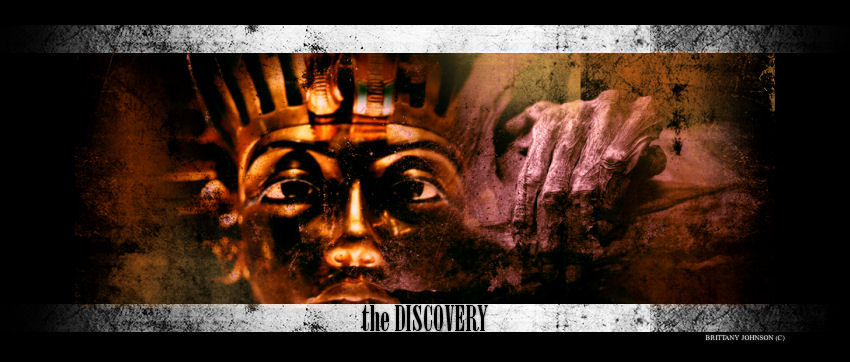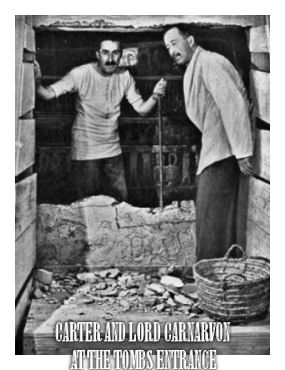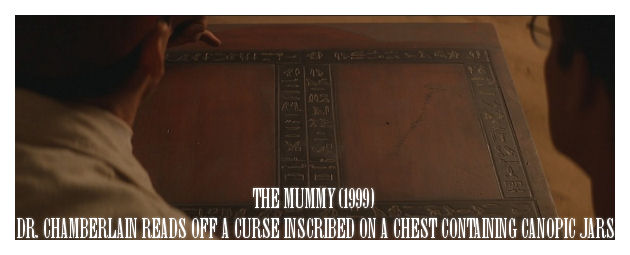Introduction
We fall upon the 94th anniversary of the discovery of the tomb of King Tutankhamun, boy king. We must examine the nature of his burial, which seemed to be quite sudden in process. A tomb that was certainly not fit for a king but still opulent in nature containing all the treasures one might need in the afterlife. Tucked away in the Valley of the Kings site KV62 seemingly not originally been made for King Tutankhamun. Perhaps that is why the supposed curse exists, or is it something else?
King Tutankhamun and along with his parents Nefertiti and Akhenaten had made somewhat of a bad impression in the kingdom. Most notably his father Akhenaten wished to take the kingdom and it’s people and guide them in a new religious venture, throwing out the old gods and worshipping new, particularly Aten, the sun god. Following this uproar of the people of Egypt ensued and many were not pleased with this abrupt move away from the traditional gods. Perhaps this was the start of a curse, bigger than any individual of this world. On many walls once carved with the images and cartouches of Nefertiti, Akhenaten and Tutankhamun (formally Tutankhaten) there are visible signs of destruction of these images, thus the intention was cursing the family for blaspheming against the gods. Imagery was symbolic for the afterlife and destruction and removal of the names and faces of individuals was the intention to avoid them living eternally. In history and in the afterlife they will not be known, perhaps the worst thing that could befall a family.
The curse King Tutankhamun has captured the attention of individuals worldwide for almost 100 years and yet still mysteries of this boy king and his tomb are still being investigated today. The most recently curious of the tomb of King Tut is Egyptologist Nicholas Reeves and the new minister of antiquities Khaled El Enany for whom have recently been making claims that secret chambers may exists. Perhaps it is better that they do not find these chambers?
Howard Carter and Lord Carnarvon
Nov 4, 1922
Howard Carter was a rising archaeologist that had just been given a great opportunity, to be in charge of the sites in Upper Egypt (Merchant 2013). He was sponsored by George Herbert aka Lord Carnarvon, the unification of a wealthy man and a dedicated archaeologist would prove to be a fruitful one.
November 4, 1922 in the Valley of the Kings at Luxor, Egypt, Howard Carter and Lord Carnarvon stand amongst the entrance of King Tutankhamuns tomb (Carter 1923). He sent a telegram to Lord Carnarvon in England letting him know of the discovery. Prior to the opening of the tomb Carter had kept a pet canary, most likely for company and the fact that canaries were often used to detect natural gases that may be toxic. Carters canary, safe and sound in his home was killed by a cobra, perhaps this was an omen of things to come, the beginning of a curse. November 26 with the arrival of Carnarvon the tomb was opened and the contents left completely untouched. Carter and Lord sit amongst the entrance of the tomb.
With nothing but candle light peering into the darkness Lord Carnarvon asked anxiously,
"Can you see anything?"
Carter replied,
-"Yes, wonderful things."
(Hoving 1978)Here they sit among the grandeur of a pharaohs treasure, what could possibly go wrong?
I
UNIVERSITY OF SOUTH FLORIDA - BRITTANY CECILE JOHNSON - THE CURSE OF KING TUTANKHAMUN (c) 2016


